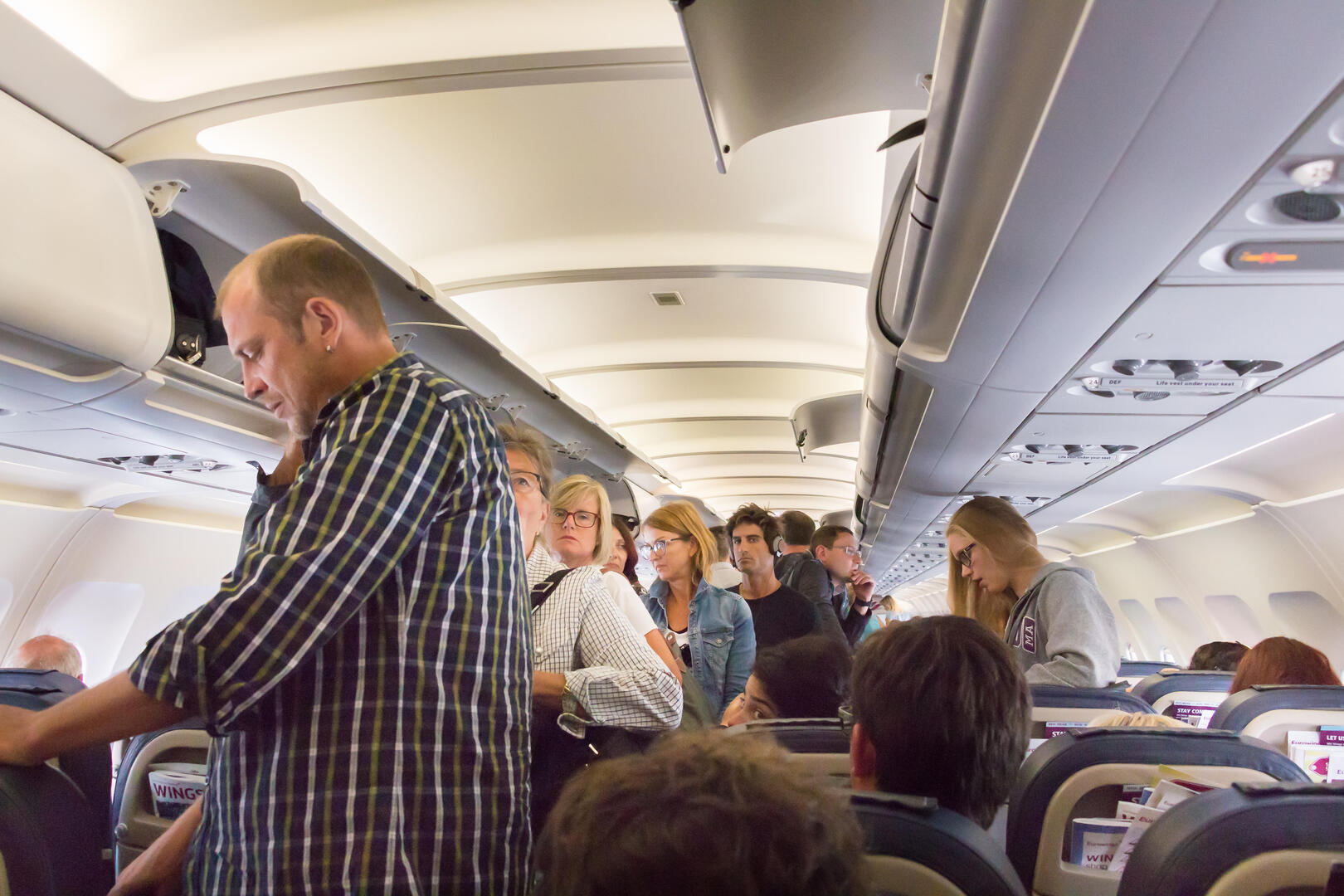New Penalties for Air Travelers Fail to Address Key Issues
One of the most frustrating aspects of air travel is the chaotic ten minutes following landing. As the aircraft touches down and comes to a halt, a significant portion of passengers leap from their seats, hurriedly collecting their belongings and racing down the aisle, only to be halted moments later by the locked doors. Meanwhile, the more patient passengers remain seated, exchanging disapproving glances at their fellow travelers. This scenario resembles the awkwardness of school gym classes, where those sitting on the sidelines critique the active participants. While my childhood attitude towards those eager for activity may have been misguided, my disdain for the so-called “aisle lice” remains firmly planted.
Why does this behavior occur? A pilot contributing to a Reddit discussion suggests that after enduring the stress of flying in a confined space at altitude, many passengers instinctively feel relieved and eager to stand. Although some may argue that travelers are simply looking to stretch their legs, this behavior is commonly observed even on brief flights— the aisle is typically open for short strolls mid-flight. In my view, this phenomenon is learned rather than innate. Many of these impatient flyers are simply looking to disembark quickly, encouraged by the past experiences where others have rushed ahead of them when they chose to wait. Peer pressure from row-mates also plays a role in this unwelcome behavior.
However, one country has initiated efforts to combat this problematic trend. The Turkish Directorate General of Civil Aviation has recently stated that passengers arriving in Turkey who stand before the seatbelt sign is turned off will incur a fine of approximately £50. This measure not only addresses safety concerns—such as the risk of injury from sudden stops or falling luggage—but also promotes a sense of civility among travelers. Airlines have been advised to remind passengers to respect the disembarkation order and wait their turn, a sensible approach indeed.

Two primary concerns arise from this new initiative. First, I doubt that instructing a large group of tired passengers to comply with this rule—without clear guidance—will yield effective results. A potential solution could be to revert to the COVID-era procedure of allowing passengers to disembark row by row. Compliance was generally high during that period, and airlines like Vueling continue to implement this system, allowing five rows to disembark at once. It seems feasible to adopt this method once again.
The second concern: if we are addressing poor conduct during the disembarkation process, this might be an opportune moment to evaluate other disruptive behaviors that can impact the entire flight experience. I have three particular annoyances that might not warrant a financial penalty, but certainly deserve a stern word from flight attendants: the trend of playing loud music or videos in public spaces, lingering in the aisle chit-chatting with friends seated further down, and removing socks (a social faux pas that needs no elaboration). Perhaps the true reason for the rush to disembark lies in the desire to distance oneself from fellow passengers.
Have you observed disruptive behavior among airline passengers? How would you address these issues? Share your thoughts in the comments below.




Post Comment